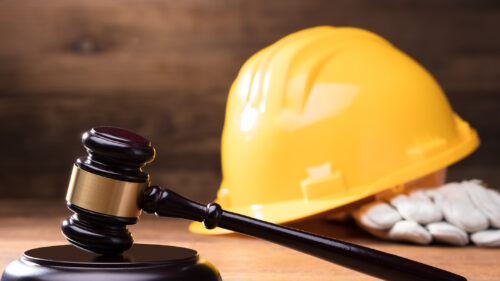Last December, westbound lanes of the Washington Bridge in Rhode Island were abruptly closed after the Rhode Island Department of Transportation declared the bridge was at risk of collapse after engineers discovered broken pins in the midspan of the bridge during reconstruction. The disruption was immediate – the Washington Bridge carries approximately 96,000 vehicles daily over the Seekonk River.
Fast forward to August of this year, when Rhode Island’s Attorney General, Governor, and legal team filed a lawsuit against 13 companies that provided design, construction, and inspection services for the state related to the Washington Bridge. The lawsuit, which claimed breach of contract, fiduciary duty, and negligence, aimed to hold the companies accountable for the potentially catastrophic failure of the bridge and recover resources to compensate the state and rebuild the bridge.
“The emergency closure of the Washington Bridge and subsequent mitigation efforts have strained our state,” said Attorney General Peter F. Neronha in a press release. “In the nearly nine months since the abrupt closure, our economy has borne an immense cost, and our state has and will continue to have to expend significant resources as a result. Today’s lawsuit seeks to hold accountable those responsible and recover the maximum amount possible for the State.”
How Can Engineers Protect Themselves?
For the engineering community, these situations can set a daunting precedent. Here in the Midwest, we saw similar circumstances play out when the I-35W bridge collapsed in Minnesota in 2007, resulting in the state passing a law resurrecting liability years after it had been time-barred and Jacobs Engineering paying $8.9 million to the state in a settlement.
Situations like this are complex and leave governments and companies scrambling to protect themselves while addressing concerns about responsibility to those who were inconvenienced, injured, or passed away due to a catastrophic infrastructural failure. For engineers, this can mean being more conservative and recommending the closure of a structure to protect themselves from lawsuits if a state cannot or will not fund repairs. Understanding structural condition assessments and fiduciary duty can also help design professionals prepare for contentious situations when entering contracts.
Our Team Understands Your Risk
As the landscape of design responsibility continues to evolve, it’s more important than ever to work with a partner who understands the unique industry and risk of architecture, engineering, and construction firms and professionals. Our experts are here to support your risk management strategy and protect your business and people. They can also direct you to resources for formatting assessment reports, including disclaimers in your written agreements, contractually offsetting a legal entanglement with Fiduciary Duty. Reach out today and let’s start a conversation!







